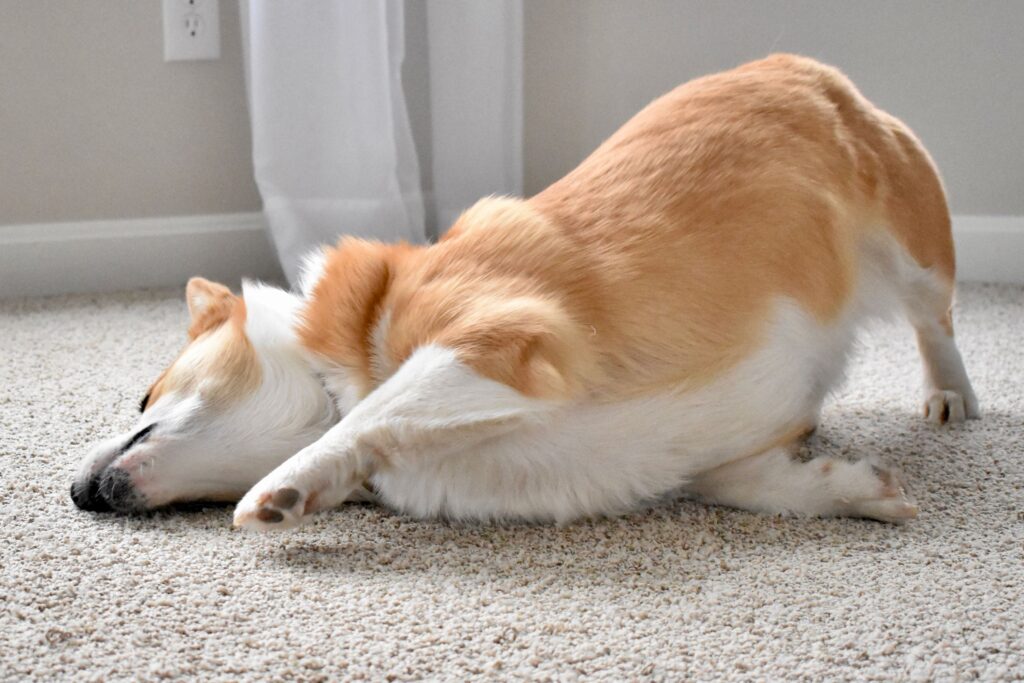To know if a cat is hungry, watch for these signs: excessive meowing, pacing, trying to steal food, attention-seeking behavior, or sudden weight loss. Also, monitor if the cat is eating their food quickly.
If you notice any of these signs, it’s a good indication that your cat might be hungry. Understanding your cat’s hunger cues is essential for their well-being. Cats have specific ways of communicating hunger, and recognizing these signs can help ensure they are sufficiently nourished.
We’ll explore how to identify if a cat is hungry and discuss the importance of addressing their feeding needs promptly. By being attentive to these signs, you can provide your feline friend with the care and sustenance they require for a healthy and balanced life.
Contents
Signs Of A Hungry Cat
Restlessness and meowing: A hungry cat may display restlessness, pacing back and forth, and increased meowing, seeking attention and following its owner.
Frequent licking or chewing: Cats may engage in frequent licking or chewing of objects in an attempt to alleviate hunger pangs.
Food obsession and persistent begging: Hungry cats may exhibit an obsessive interest in food, constantly begging for treats or attempting to access the food source.
Changes in body language and vocalization: A hungry cat may display altered body language and vocalization, indicating discomfort and a desire for nourishment.
Rapid weight loss and increased hunting: Unintended weight loss and a rise in hunting behavior may signify a cat’s struggle with hunger.
Cat’s Hunger Management
Curious about your cat’s appetite? Look out for these 6 telltale signs to determine if your feline friend is hungry. From vocal cues and prowling behavior to attention-seeking and frequent meowing, these behaviors can indicate your cat needs a meal.
| Importance of monitoring | Keeping an eye on your cat’s feeding habits is crucial. Observing any changes can help identify if they are hungry or not. |
| Creating a feeding schedule | Establishing a regular feeding routine can help regulate your cat’s hunger levels. |
| Measuring food portions | Determining the right amount of food based on your cat’s weight and following portion guidelines is essential. |
| Types of cat food and their nutritional values | It’s important to choose high-quality food that meets your cat’s nutritional needs. |
| Encouraging hydration and balanced diet | Providing fresh water and a balanced diet is key to managing your cat’s hunger. |
| Managing treats and snacks | Limiting treats and being mindful of their nutritional content can help regulate your cat’s appetite. |
| Considering indoor and outdoor eating habits | Understanding your cat’s eating behaviors both indoors and outdoors can influence their hunger levels. |
Understanding Your Cat’s Unique Hunger Cues
Understanding Your Cat’s Unique Hunger Cues: Bonding with your feline friend involves observing individual behavior patterns to recognize when they are hungry. Factors influencing appetite and hunger can vary between cats, so paying attention to their feeding environment and interactions is crucial. Take note of any changes that could indicate potential health issues or stress triggers. Remember to seek professional advice if you notice any unusual eating habits in your cat.

Credit: www.newyorker.com
Frequently Asked Questions On How To Know If A Cat Is Hungry? 6 Telltale Signs
How Can I Tell If My Cat Is Hungry?
To determine if your cat is hungry, look for signs like frequent meowing, following you around, and trying to get your attention during meal times. Additionally, a decrease in body weight can indicate hunger. It’s important to pay attention to your cat’s behavior and body language.
What Are The Common Signs Of Cat Hunger?
Common signs of cat hunger include excessive meowing, pacing before feeding time, begging for food, and even stealing food from other pets. Some cats may also become more affectionate or display more aggressive behavior when they are hungry. Monitoring their behavior can help you identify these signs.
Is It Bad If My Cat Is Always Hungry?
It’s not necessarily bad if your cat seems to be constantly hungry, as some cats have a higher metabolism and may require more frequent meals. However, excessive hunger could indicate an underlying health issue such as diabetes or hyperthyroidism. If you notice this behavior, it’s best to consult with a veterinarian.
Conclusion
Keep an eye on these signs to understand your cat’s hunger. Meeting their nutritional needs is vital for their well-being. Stay attuned to their cues and maintain a feeding routine. By recognizing these subtle signals, you can ensure your feline friend is happy, healthy, and well-fed.
Your cat’s contentment is at the heart of a balanced and harmonious relationship.
Katie Lindsey is a passionate cat lover and founder of Cats Solution, a comprehensive resource for all things feline. With a lifelong love for cats and extensive knowledge in their care and behavior, she provides expert advice and solutions to cat owners. Through her website, Katie fosters a supportive community where cat enthusiasts can find guidance and heartwarming stories. A dedicated advocate for animal welfare, Katie also promotes responsible pet ownership and adoption. Join her on this purr-fect journey celebrating the joy of feline companionship.



